May is electrical safety month, during which the electrical industry draws attention to all aspects of electrical safety for persons and property. Section 90.1(A) of the NEC provides the essence and basis for this concept that is integral to the rules in the Code. These rules are all built on a foundation and premise related to practical safeguarding of persons and property from electrical hazards. While the NEC primarily governs electrical installations and systems on the premises, there are various rules that correlate with safe electrical work practices that are provided in safety standards beyond the coverage of the NEC. This article provides a review of some essential electrical installation rules that directly relate to worker safety. The requirements for locating disconnecting means at electrical equipment are one such set of rules that affect electrical safety for workers. The disconnecting means location and its use provides the basis for this article.
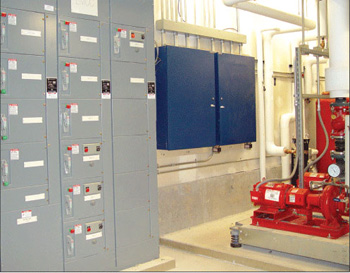
Photo 1. Disconnecting means installed in sight from an equipment location.
General
When a disconnecting means is in an electrical circuit, it provides a means to shut off the power in emergencies or for repairs, maintenance, or routine service operations. The basic requirements from NFPA 70E and OSHA standards generally are to place electrical circuits and equipment in an electrically safe work condition when one is performing work on these systems. The NEC covers the required locations for equipment disconnecting means. How workers must use them to meet the requirements for safe work practices is not covered by the NEC. It is up to the workers to obtain electrical workplace safety training to understand how to recognize and avoid hazards associated with electricity.
The definition ofqualified personsin Article 100 has been strengthened in recent editions to correlate clearly with safety training requirements for workers. This definition was again revised for the 2008 NEC to indicate just that. The words “to recognize and avoid the” have been added to the definition to clarify what the safety training is expected to accomplish and to correlate with Section 110.6(D)(1) NFPA 70 E.
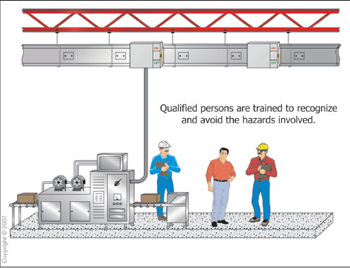
Figure 1. Qualified persons must be trained to recognize and avoid electrical hazards.
“Qualified Person. One who has skills and knowledge related to the construction and operation of the electrical equipment and installations and has received safety training to recognize and avoid the hazards involved.” [See Proposal 1-45 (Log No. 2589) on page 27 of the NFPA 70 2007 Report on Proposals for more details about this revision].
Qualified persons should be trained to identify and understand the relationship between electrical hazards and possible injury or death. Employees that are qualified by receiving such safety training are better equipped to make educated decisions involving their safety and often the safety others (see figure 1). The changes to this definition provide consistent correlation between the requirements for qualified persons provided in NFPA 70E-2004 Section 110.6(D). The revised definition in the NEC clarifies that an essential element of being trained includes understanding not only what the hazards are, but how to avoid them.
General Rules for Equipment Disconnecting Means
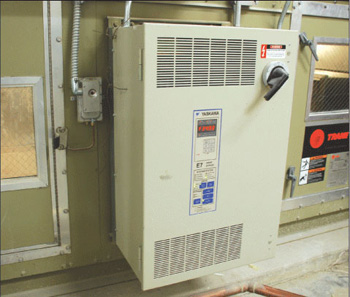
Photo 2. Disconnecting means installed within sight from the motor or driven machinery location
The requirements for equipment are provided in chapter 4 of theNEC. This is where the rules for required means of disconnect for equipment first start to appear in the Code. There are requirements for equipment disconnecting means scattered throughout chapters 4, 5, and 6 of the NEC, and each of these requirements focuses on electrical safety for workers. Three specifically defined terms are typically used within the general rules dealing with the location of equipment disconnecting means. The terms are in sight from, within sight, and within sight from. These concepts are defined in Article 100 as follows:
In Sight From (Within Sight From, Within Sight). Where this Code specifies that one equipment shall be “in sight from,” “within sight from,” or “within sight,” and so forth, of another equipment, the specified equipment is to be visible and not more than 15 m (50 ft) distant from the other.
There are two critical elements of this defined term. Each entity, such as equipment and disconnect, must be visible from the other and the distance between must not exceed 15 m (50 ft) [see photo 1].
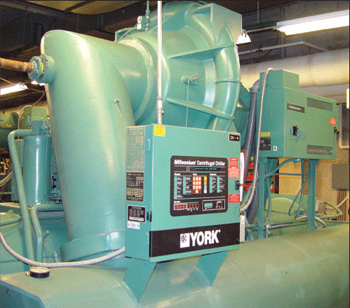
Photo 3. Disconnecting means installed for air-conditioning equipment
The required disconnecting means provides a ready means for disengaging power in the event that quick shutdown operations are necessary, but it also serves as a safety disconnect for routine operations such as equipment maintenance. The concept of the disconnect being within sight from the equipment it supplies affords an inherent safety feature for workers. Basically with a disconnect visible and not more than 15 m (50 ft) from the equipment it supplies, workers have the means to monitor the safety switch while it is in the open position. Equipment disconnecting means meeting the in sight from requirements of the Code do not have to be capable of being locked in the open position because of this monitoring capability related to its proximity to the connected equipment. Many circuit breakers, general duty switch, snap switches, and other types of electrical switching mechanisms can meet these general requirements where Code rules call for a disconnecting means at equipment. Be sure to select and apply a disconnecting means within its ratings as required by other Code rules. Some
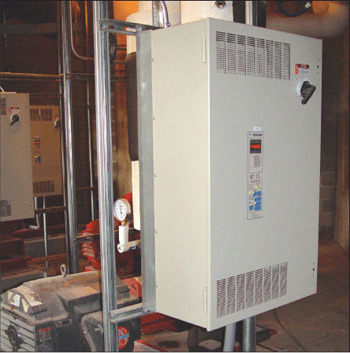
Photo 4. Disconnecting means installed for an electric motor
examples where disconnecting means are required within sight from electrical equipment are found in 422.32, 430.102(B) and 440.14 [see photos 2, 3, and 4]. In many cases, multiple motors are supplied from a single motor control center (MCC) that is within sight from all the motors and equipment it supplies. In these cases additional disconnecting means installed at the motor location is not necessary unless the within sight from requirement is not met. In these situations, an additional disconnecting means is required.
Disconnecting Means Lockable in the Open Position
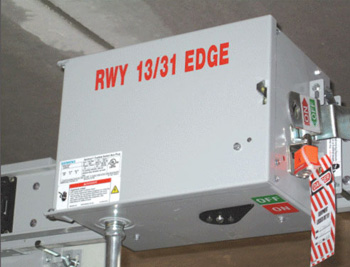
Photo 5. The provision for adding a lock is inherent to the disconnecting means
The Code provides the minimum rules for electrical safety for persons and property. We have just reviewed the longstanding general requirements for equipment disconnecting means locations. It is important to review another important Code concept related to electrical worker safety. This concept involves disconnecting means that are not located within sight from the equipment they supply. Now the minimum Code rules are less restrictive for the required disconnecting means locations, yet more restrictive for their operational characteristics at the same time. In other words, if certain restrictive provisions in the Code are satisfied, an equipment disconnecting means is permitted to be located out of sight from the equipment it supplies, but it is required to be capable of being locked in the open (off) position (see photo 5).
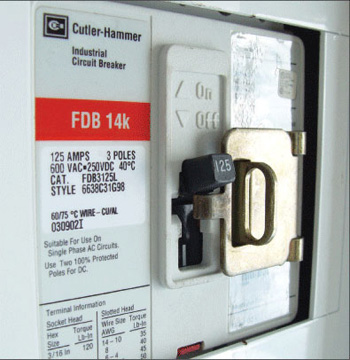
Photo 6. Circuit breaker with locking provisions installed
For some types of equipment, such as motors and motor-driven machinery covered by 430.102(B), the disconnecting means is required to be located in sight from the motor and driven machinery. Only where the disconnecting means location introduces increased hazards and is impracticable, or for specific industrial applications, is this disconnecting means permitted to be located out of sight from the motor or equipment it supplies [430.102(B) Exception (a) and (b)]. If the specific conditions of this exception can be satisfied, the disconnecting means is permitted to be located out of sight from the equipment, but it must provide specific locking characteristics. First, the disconnecting means must be individually capable of being locked in the open or off position and second, the provision for adding a lock to the switch or circuit breaker is required to remain in place with or without the lock installed (see photos 6 and 7).

Photo 7. Motor control disconnecting means equipped with locking provisions.
This requirement in theNECworks hand-in-hand with the locking-out and tagging-out requirements of the electrical workplace safety Standard 70E. Electrical workers are afforded a ready means to insert their own lock and tag when presented with this work condition in the field. It is important for electrical workers to carry a lock and key for this reason. Workers that do not utilize this provision are putting themselves at risk. There are also other requirements that go along with placing the disconnecting means in the open position and locking it. Workers should verify that the switching means did in fact physically open all ungrounded conductors of the circuit by verifying open blades or contact mechanisms. The next important step is to verify the absence of voltage at the equipment after it is disconnected from the electrical circuit or system. This is accomplished by testing for voltage. There are also requirements for personal protective equipment during the process of testing for voltage. More specific procedures and requirements for locking-out, tagging-out procedures and voltage testing are provided in other safety standards and are beyond the scope of this article. The rules in the NEC ensure that workers have the locking means to put the system in an electrically safe work condition and keep it that way until the equipment is ready to be re-energized. The key to electrical safety is the training and implementing of good practices by qualified electrical workers. What good is the locking means if one does not use it? Who is at risk? The worker, his or her family, the organization he works for, the list is extensive.
New Requirements in the Code
The 2008NECdevelopment process is almost complete. Many existing rules have been revised, and new articles have been incorporated into this edition of theCode. A series of revisions that relate to the concepts of disconnecting means being capable of being locked in the open position were acted upon favorably by various code-making panels. The phrase capable of being locked in the open position appears over 25 times in the Code. In each case, the objective of the requirement is consistent and relates to worker safety. It is logical that the rules should also contain the same requirements relating to the disconnecting means locking provisions. Many of these have been revised to require that the provision for adding a lock remain with the switch or circuit breaker with or without the lock installed. The effect of this change is that where the disconnects are not provided within sight from the equipment they supply, the switch or circuit breaker must include provisions for adding a lock. These locking provisions have to be part of the equipment, either inherent to the equipment design or by an accessory feature that can be installed on the equipment.
The Code does not recognize portable locking devices that must be carried to the equipment and then attached to the equipment so a portable lock could be installed. The NEC covers installations and does not cover such portable locking provisions that could satisfy requirements in NFPA 70E, more specifically, the provisions in Article 120. This was one of the primary reasons for the changes to these NEC sections referencing disconnecting means that are capable of being locked in the off position. It all relates to worker safety, and establishing and maintaining consistency between NEC rules that share the same purpose.
The NEC is primarily an installation Code that includes some rules that have a direct or indirect impact on safety for electrical workers. The rules for equipment disconnect locations and provisions for locking means are good examples of such rules. These rules are only as good as the workers that use them to their advantage. Electrical inspectors have a responsibility to ensure that the required disconnecting means for equipment are provided where Code rules indicate they are necessary. Where the disconnecting means are not located within sight from the equipment, inspectors must ensure that the disconnecting means provided out of sight are capable of being locked in the open (off) position (see photos 6 and 7). It is up to trained qualified persons to use the locking means in compliance with other applicable electrical safety workplace and industry standards. In short, the NEC requires the locking provision for equipment, and NFPA 70E requires safe work practices. It is up to individuals to understand the hazards and to use locking and tagging methods to ensure their own safety and often the safety of others. Revisions in the 2008 NEC provide consistent requirements regarding locking means provisions for equipment disconnecting means that are not located within sight from the equipment. Numerous electrical safety training programs are available that can better equip employees to work safely and reduce risks in a trade where many exist.
Summary
We are all extremely busy these days. Many choices we make and practices we carry out are those that we take for granted, such as talking on a cell phone while driving, climbing a ladder to paint a room in the home, or verifying no fingers are in the way of a slamming vehicle door. Society tends to get complacent when it comes to electrical safety. Worker safety is taken for granted far too often. Electrical safety and worker safety require both individual and organizational efforts to be effective and beneficial. Having the approach that “it won’t happen to me” is not a good practice and not in the best interest of everyone affected. In the electrical business, there are installation codes that result in installations that are essentially free from electrical hazards. Some NEC rules provide means for workers to exercise safe work practices. The NEC location requirements for disconnecting means, and specific provisions for disconnects that are capable of being locked out (off) when not located in sight from equipment provide an installed means for workers to ensure safety by adding their lock to equipment and circuit disconnects. It is up to qualified workers to recognize and avoid hazards, not only for themselves but for their families. Use the lock and tag when the disconnecting means is not enough, and do what it takes to understand and apply electrical workplace safety rules. It is the best practice and the one that your family would expect you to follow.







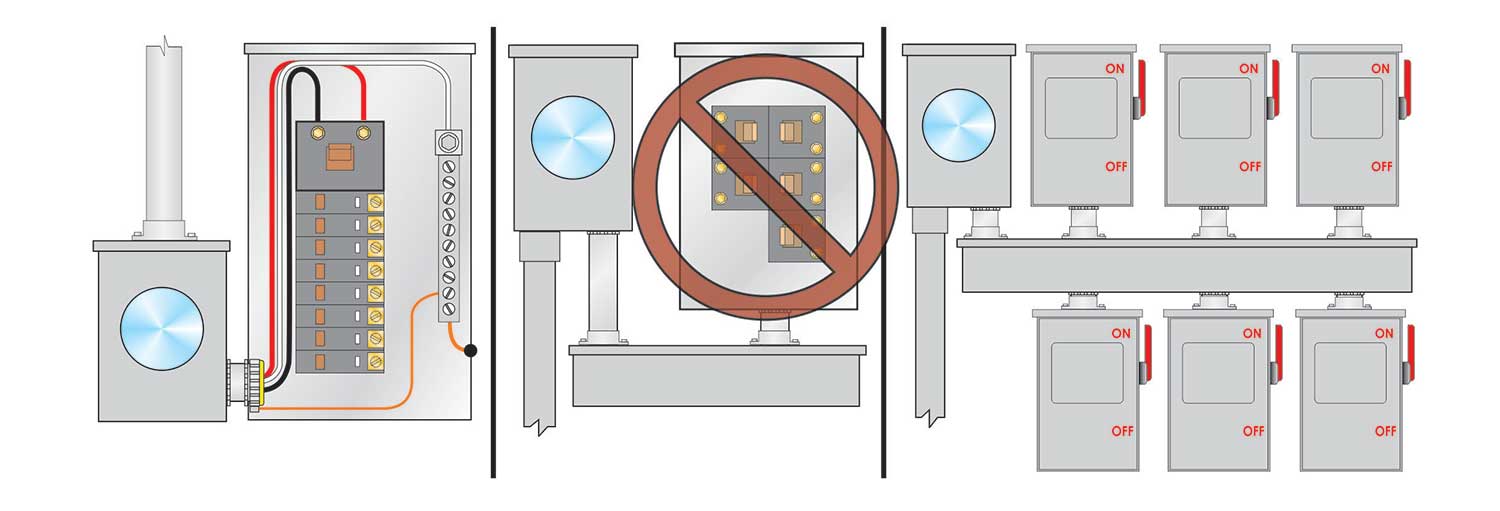
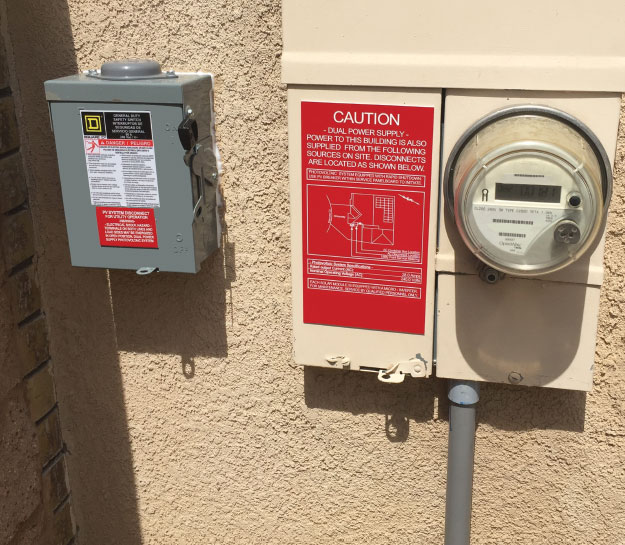
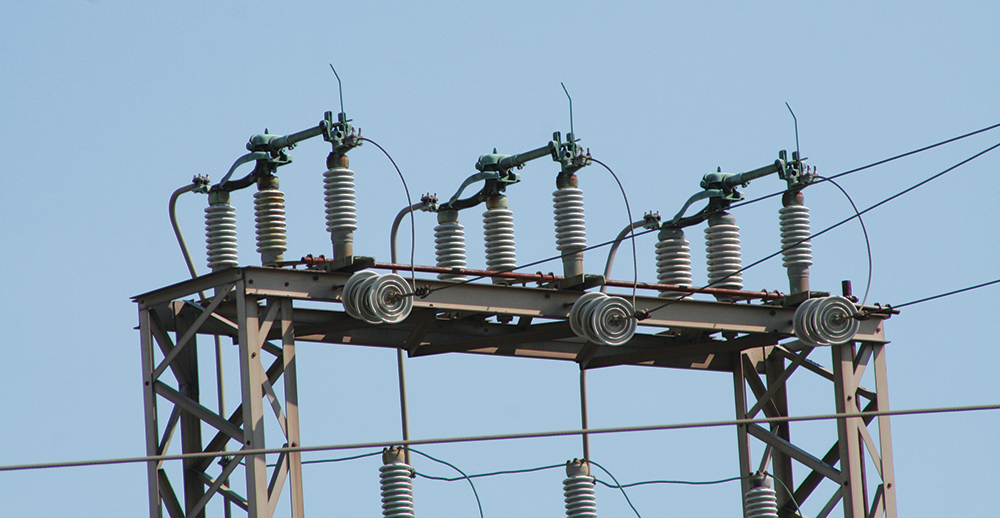
Find Us on Socials